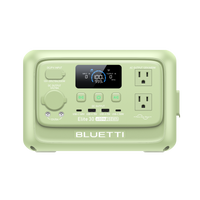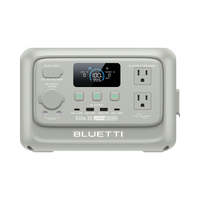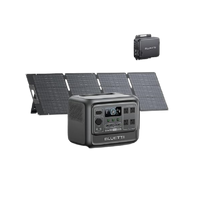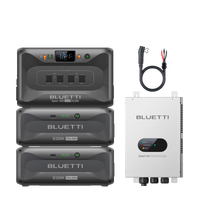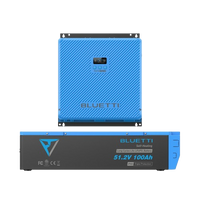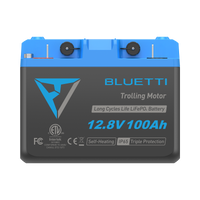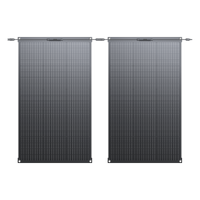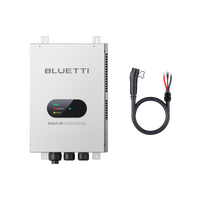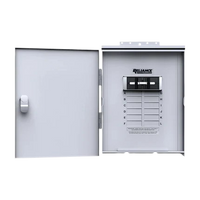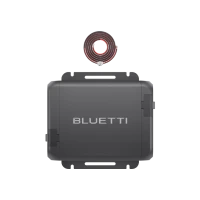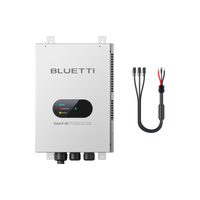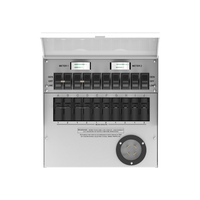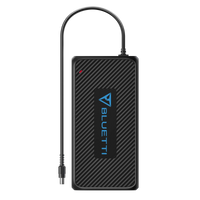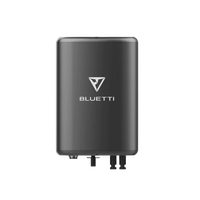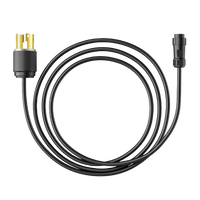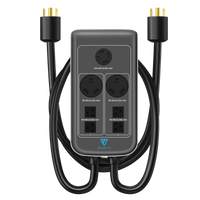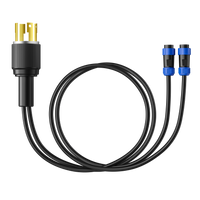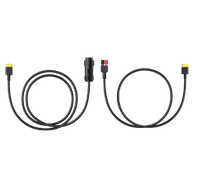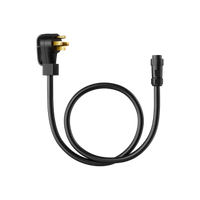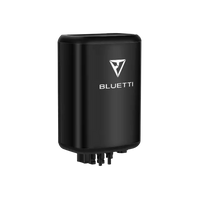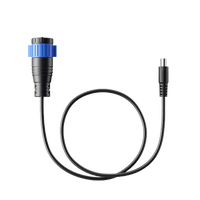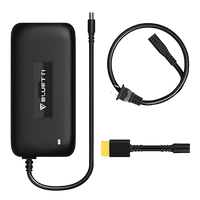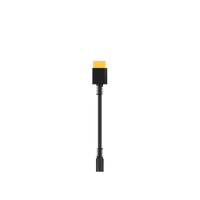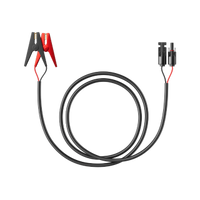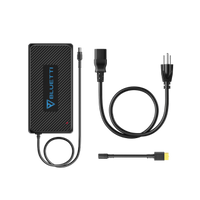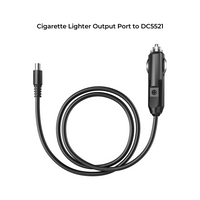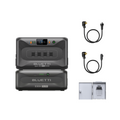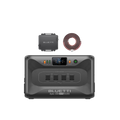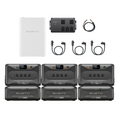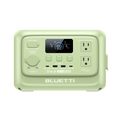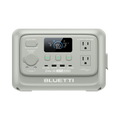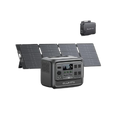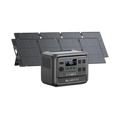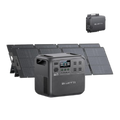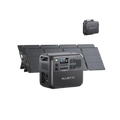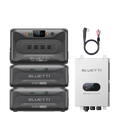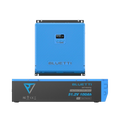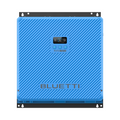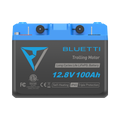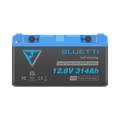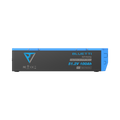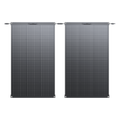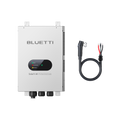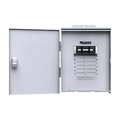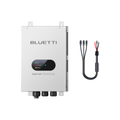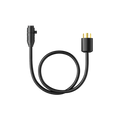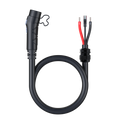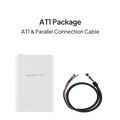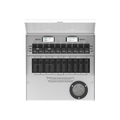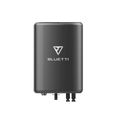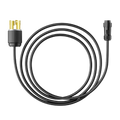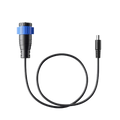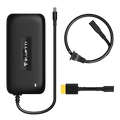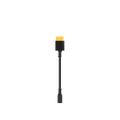When the heat levels of summer start becoming insufferable, it definitely becomes a requirement to deploy an effective mini air conditioner. Mini air conditioners are one among various models of air conditioners that fulfill this requirement with good effect. However, it is crucial to know how much electricity mini air conditioners consume because it relates directly with your electricity bill and carbon footprint. This post demystifies the subject of wattage usage of mini air conditioners, factors that influence it, and practical ways of tracking it. We shall also explore the idea of running these units on solar generators, the greener way. Thus if you are musing over the energy efficiency of your AC or in the throes of thinking about shifting to solar power, this article is for you.
BTU, Rated Watts, Running Watts, and Watt-Hours
These terms will come into play when one wants to check out the power consumption of a mini air conditioner.
BTU expresses heat energy. In the context of air conditioners, it signifies how much thermal the machine will be able to remove from a room in just an hour. A higher BTU means that the air conditioner has more power.
Rated Watts is the constant power required by an appliance in operation. This includes the power that is required to maintain the compressor and fan operation of an air conditioner.
Running Watts is almost the same as Rated Watts, but includes added power needed during startup or when the appliance is skillfully operating at its utmost.
Watt-hours equals the amount of electrical energy consumed as one watt in sixty minutes. It helps in calculating the energy appliances will consume within a designated time.
A mini air conditioner is contingent on various factors as discussed. The BTU rating will give you the power output of the unit while the Rated and Running Watts will give you a yardstick for how much power the unit is employing to work. The Watt-Hours would be handy on making some estimates of how it would reflect on your electricity bill.
How Many Watts Does a Mini Air Conditioner Use?
Mini ACs on the whole, and mini-split ACs in particular, are great for their efficiency as well as small size. Because of this reason, the provision of ducts is not required, so that they can be used comparatively easily in order to cool separate premises within a building or other spaces.
The power consumption of these units depends upon their size and efficacy. An average mini-split air conditioner unit consumes power ranging between 500 to 2,500 watts of electricity in one hour. This obviously hosts a plethora of models from many brands having different energy efficiency ratings and cooling capacities. Hence when planning to install a mini air conditioner in your room, it becomes necessary to check with the dealer about its power requirements and how these are compatible with your aspirations over consumption of power.
How Much Electricity Does a Mini Air Conditioner Use?

The energy demands of a mini-sized air conditioner is determined by the BTU rating and efficiency of the said appliance. Electric cost for a mini-split air conditioner ranging between 5,000 BTUs to 15,000 BTUs would average at 1.4 kWh - 4.4 kWh in kilowatt usage per hour consumed. This usage can result in a running cost of about $174 - $1,210 annually.
On the other hand, a unit that has a higher star rating uses fewer wattages per BTU and may have a high initial cost as a result. It should be noted that these figures will be average and the actual consumption may vary with factors such as use patterns, with the air conditioner's specific model having been accounted for, and local electricity rates. Therefore, it’s always advisable to check for the energy rating and the estimated power consumption that is given alongside the specific mini air conditioner model you’re considering.
How Many Solar Panels Does It Take to Run a Mini Air Conditioner?
Of course, the number of panels required to run a mini-sized AC depends on the power needed by the conditioning feature to be able to alter the temperature, as well as the efficiency of the sunlight panel applied in acquiring and transforming energy. For instance, a modest 12,000 BTU mini split air conditioner that runs for approximately 2,000 kWh in a year would only need between 3 to 5 solar panels alone. This is with the assumption of an average wattage of 300 watts per panel.
However, these numbers can vary based on specific conditions and the efficiency of the solar panels. It should also be noted here that these figures are average values, and actual requirements can vary depending on factors including usage patterns, the exact model of air conditioner, your location, and local solar irradiation. So, it’s always wise to consult with a professional solar installer before deciding the exact number of panels you would need.
Can I Use a Solar Generator to Power the Mini Air Conditioner?
Yes, you can use a sunlight generator to run a mini AC provided that the solar generator has enough capacity and output that can handle the power requirements of the AC unit. To help you out with the same, here are three examples of solar generators that can do the job for your mini AC and together with their reviews:
AC200P + 3*PV200 Kit

This BLUETTI Generator Kit is a high-capacity and multi-purpose energy station. This offers a 2000W AC Pure Sine Wave Inverter with an outstanding surge capability of up to peak 4800W, so it could provide your appliances very excellent high-quality and stable AC output. With a 2000Wh capacity from the LiFePO₄ Battery, this generator boasts over 3,500 life cycles. This kit is thereby designed with seventeen outputs to cater to multiple devices that require power.
It also comes equipped with recharging in seven different ways for flexibility and convenience. With the maximum solar input of 700W and a dual fast charging capacity of 1200W, it ensures speedily efficient replenishment of the lost power. The AC200P is eco-friendly, gas-free, quiet, and cost-effective, making it an ideal power solution for various needs.
AC200MAX + 2*B230 + 3*PV200 Kit

This BLUETTI Kit stands out with strong and powerful all-rounded capability. The stability of the power supply is guaranteed by the 2200W AC Pure Sine Wave Inverter with a surge capacity of 4800W. The generator has a whopping 2048Wh of capacity with the ability to expand the option to 6144Wh with 2×B230.
This kit provides for seven complementary ways of recharging it through AC, solar, car, generator, lead battery, dual AC, and AC+Solar, hence descending to various situations. This ensures efficient power replenishment with its maximum solar input of 900w and fast dual charging capacity of 1300w. One of the special standout features is the smart control and monitoring of the AC200MAX through the BLUETTI App. This allows for easy operation and real-time monitoring of the power station.
AC300 + 2*B300 + 3*PV200 Kit

BLUETTI AC300 + 2B300 + 3PV200 Solar Generator Kit has a 3000W AC Pure Sine Wave Inverter that can support up to 6000W of surge power at any given time, therefore, its power is stable and small spread across the inverter. The generator has a large capacity of 3072Wh that can expand the option to 12,288Wh with 4×B300 ensuring plenty of power storage.
The LiFePO4 Battery offers over 3,500 life cycles making it very long-lasting. This kit comes with 24/7 UPS Home Backup serving different power requirements. It is the kit that has seven ways for convenient recharging of this kit. It has a solar input maximum of 2400W and dual charging capacity with fast enough 5400W that ensures efficiency in power replenishment.
What Else Can Solar Generators Do?
Solar generators are versatile and can power any appliance. This ranges from small coffee makers to large ovens, which it use cookers, hence favorable for house purposes or outdoor activities like camping or hiking. The solar generators will serve in the power building tools such as drilling machines and routers for the building. The modern world needs solar generators to power our electronic devices which range from smartphones up to laptops.
They may also accommodate lighting solutions be it a bulb connected to power or a rechargeable torch light. Many of the brands' solar generators come with built-in light provisions for ease in use. Lastly, on very hot days even a mini fan can be powered down using a solar generator. Solar generators thus have versatile applications and have become an investment for powering all sorts of needs.
Final Thoughts
In brief, the potential savings that accrue with solar power are in both their massive and multifaceted value. In comparison to a normal electric air conditioner, using a mini solar air conditioner may cause a drastic decrease in an electricity bill. While this value will vary depending on factors such as location, electricity usage, and local electric rates, most homeowners can expect to save between $10,000 and $30,000 over the lifetime of a solar panel system. Nonetheless, it takes from 7 to 8 years to recover the cost of ownership on average. Solar generators are also versatile for use as they can power mini air conditioners and other electrical house appliances. Therefore, the embracement of solar power is an effective strategy to reduce electricity bills to the minimum or even zero and one that is worth investing in from the future perspective for a more sustainable future.














